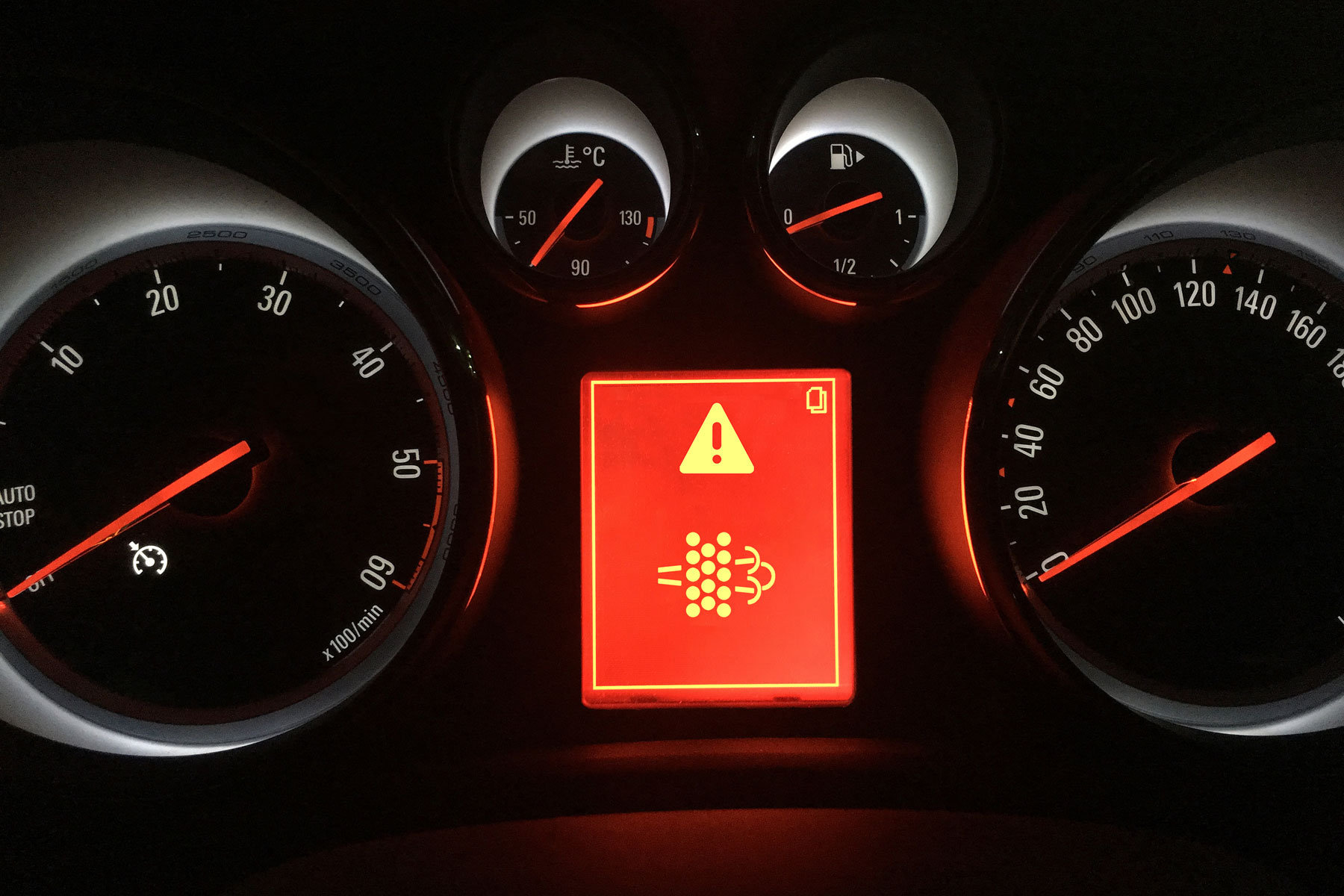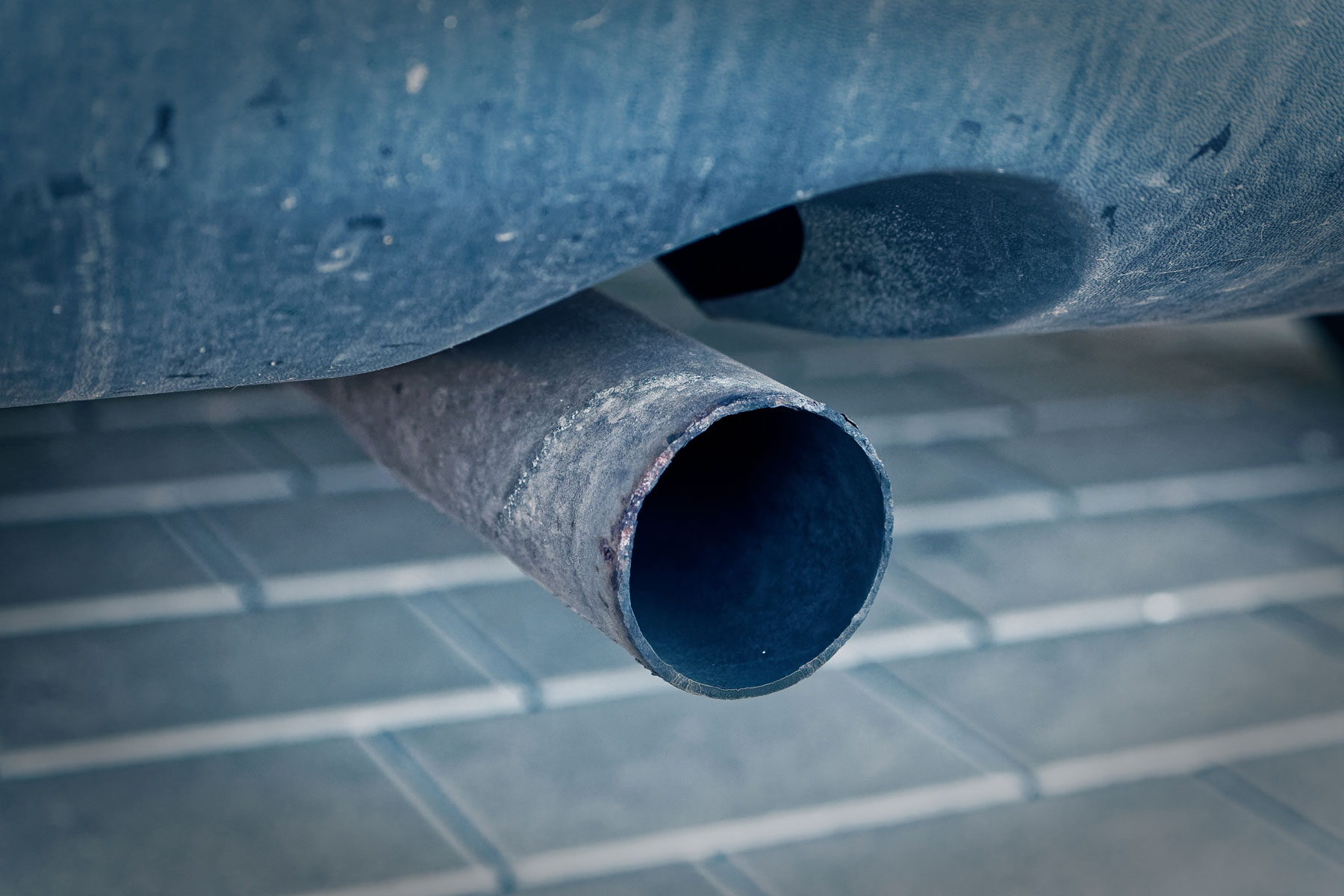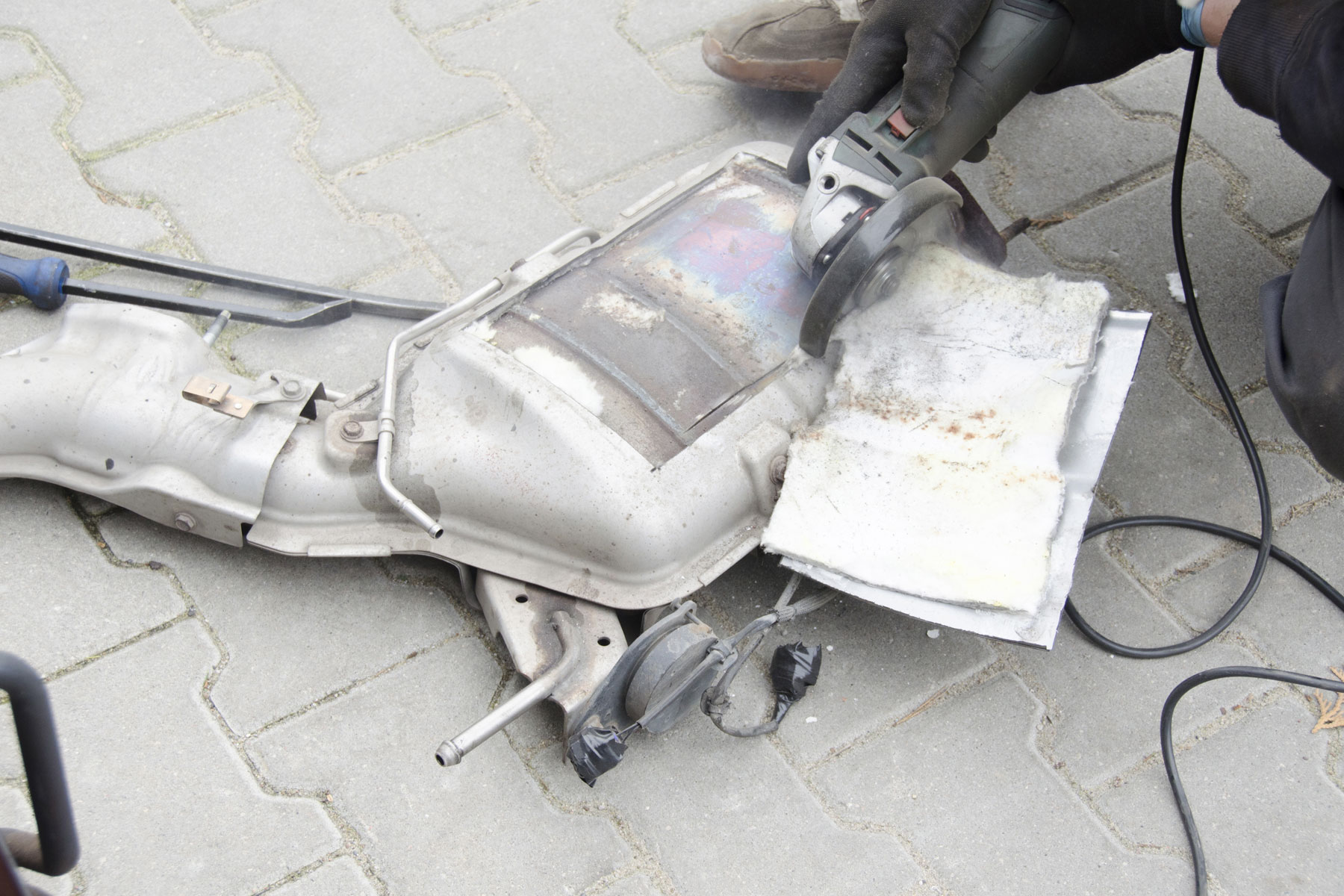
If you own a modern diesel car, you will probably have heard about diesel particulate filters. But what are these components – and why can they be a problem?
A diesel particulate filter (DPF) is designed to capture and store exhaust soot, reducing emissions from a diesel car. It prevents harmful particulate matter from being released into the atmosphere.
A DPF has been a requirement of all new diesels since 2009 when the ‘Euro 5’ emissions standard came into force. However, particulate filters date back to 1985, when Mercedes-Benz became the first car manufacturer to introduce them on the 300D (sold in California).
In 2000, Peugeot re-introduced the principle when it used a cerium-based fuel additive for regeneration on the 607 2.2 HDi.
Today, there are two main types of DPF: passive regeneration and active regeneration.
Passive regeneration
Passive regeneration uses normal exhaust temperatures and nitrogen oxide (NO2) as the catalyst to oxidise particulate matter in the DPF. This tends to occur at high speeds, typically on a motorway or A-road, with the engine running for 30 minutes or more.
The main advantages of passive regeneration are that it requires no input from the driver, the process takes place automatically and there are fewer components.
However, it relies on the driver making regular trips on faster-flowing roads – without this, problems can occur. It’s for this reason that manufacturers introduced so-called active regeneration.
Active regeneration
Active regeneration uses the car’s ECU to sense when the filter is getting clogged with soot and injects extra fuel into the engine to raise the temperature of the exhaust, triggering regeneration.
This tends to occur around every 250 to 300 miles and will take up to 10 minutes to complete. In theory, this shouldn’t cause any issues, but problems will occur if the system is unable to complete the regeneration.
If the process is interrupted too many times, the DPF warning light will illuminate and you’re advised to take the car to a motorway, dual carriageway or A-road for 15 minutes of steady driving. If you continue to ignore the warning light, the car will go into ‘limp home’ mode.
There is a third form of DPF, which uses a fuel additive to lower the ignition temperature of the soot particles to enable regeneration at a lower temperature. The additive is stored in a separate tank or ‘bladder’ and should be replaced every 70,000 to 100,000 miles.
Make sure the tank is refilled when a warning light appears on the dashboard because, without the fluid, the DPF will become blocked.
Oil dilution

A significant disadvantage associated with active regeneration is the dilution of the engine oil caused by a small amount of diesel during the post-injection cycles, where fuel is injected into the cylinder after the regular combustion. A thin layer of fuel can build up on the cylinder walls, which leads to premature engine wear, and drivers are warned to consider shorter oil service intervals.
There have been various studies into the engine oil dilution issue and the scale of the problem varies according to the make and model of the diesel car in question. Evidence suggests that the problem is worsened when the regeneration process is halted prematurely, or when a car is only used for short trips.
Modern systems should alert the driver via a dashboard message when the oil dilution reaches a certain level, but regular servicing remains critical to the long-term health of the engine. There have been some high-profile issues concerning some major car brands.
The problems of a blocked DPF
If regeneration doesn’t take place, the DPF will need to be cleaned or replaced, landing you with a bill upwards of £1,000. A quick trawl of some forums and discussion threads suggests you could be charged up to £5,000, which might be more than the car is worth.
That means it’s vitally important to look after your DPF and to pay close attention if you’re buying a high-mileage diesel car. A well-maintained DPF should have a life of 100,000 miles. But it could be significantly less if the car has been used for shorter trips and regular regeneration hasn’t taken place.
How to avoid a blocked DPF
To avoid a blocked DPF, you can start by not buying an inappropriate car. Typically, if you drive less than 12,000 miles a year, a petrol, hybrid or electric car would be more suitable for your needs.
Diesel cars tend to be more economical on longer trips, making them unsuitable for short trips and urban driving.
If you’re driving a diesel car with a DPF fitted, read the manual to understand whether your vehicle uses passive or active regeneration, and make sure you know how to look after the filter. Using the right engine oil is very important.
The RAC says performance modifications can damage a DPF, as can the use of low-quality fuel. Even running the car low on diesel can cause problems, as the car may avoid regeneration to save fuel.
Can you remove a DPF?

It is an offence to use a vehicle modified in a way that no longer complies with the emissions standards it was designed to meet. The removal of a DPF could thus land you with a £1,000 fine for a car or £2,500 for a light goods vehicle.
Further issues include an immediate MOT fail if the DPF has been removed, along with invalid insurance as the car has been modified from original specification.
Obviously, you need to be on your guard if you’re buying a high-mileage diesel car. Check the latest MOT details – the information is stored online – and check the DPF is present.
ALSO READ:
Every body style of car explained
Useful info, but would like to know what the symptoms are, of DPF problems? My 07 Shogun Elegance, is used mainly for daily 8 mile (16 return) journeys & (out of lockdown) weekly 23 mile (46 inc return) trips & rare towing trips.. It has a tendency to occasionally go into limp mode – usually shortly after turning right, (ordinary junctions or roundabouts) which usually requires me to stop for 15 mins before a normal restart, tho it sometimes suddenly regenerates after 1 – 3 miles of slow mode. . It has been back to the garage several times, very hard to diagnose, as always normal by the time it gets there!. Have seen this is a known fault, just curious if the DPF is the problem, as not been advised by the garage.
My French made Nissan NV300 (renault van) has the same fault From new 1.5 years ago broke down 7 time and been in Nissan garage 3 months. Do I need to say anymore DPF all the time.
My wife has a 2ltr 10 plate grand vitara and it is used only for short journeys, so once a month, the dpf light come up on the dashboard, I then have to take it for a spin onto a motorway and use the ‘burn off technique’ with means I get the revs upto 3000 and drive approximately 50mph(usually 3rd gear) this raises the exhaust temperature enough to begin the regeneration mode usually takes about 15 mins steady driving, luckily it’s only even been in limp home mode once, if this happens then you need to put it onto a diagnostic unit to electronically get it to start regen mode.
a good diagnostics can check if it is regenerating and if not why not, my ford kuga is 59 reg and i am now having trouble with dpf which has caused me to have 3 oil changes in a short period of time and means i use more fuel. a blocked dpf can caused very expensive repairs if not corrected